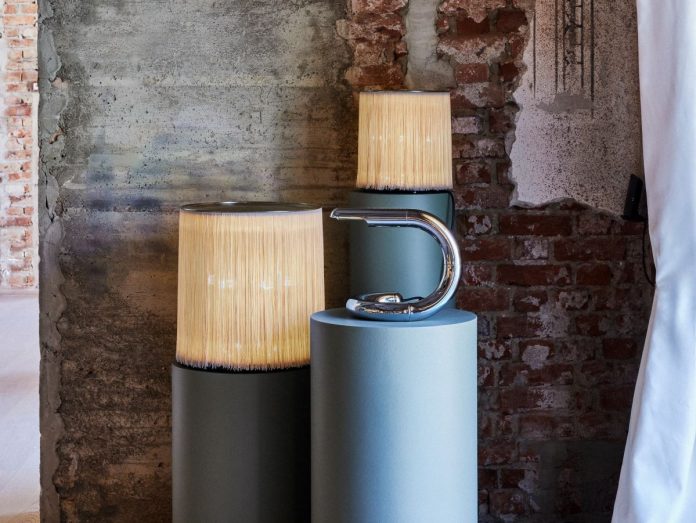An undisputed animator of the fertile postwar season of Italian design, Gianfranco Frattini (1926-2004) has joined the stable of Gubi, a Scandinavian brand that is primarily concerned with breathing new life into design objects of the past, with two of his most iconic lighting projects: the Model 597 floor lamp from 1961 and the Aspide table lamp from 1970.
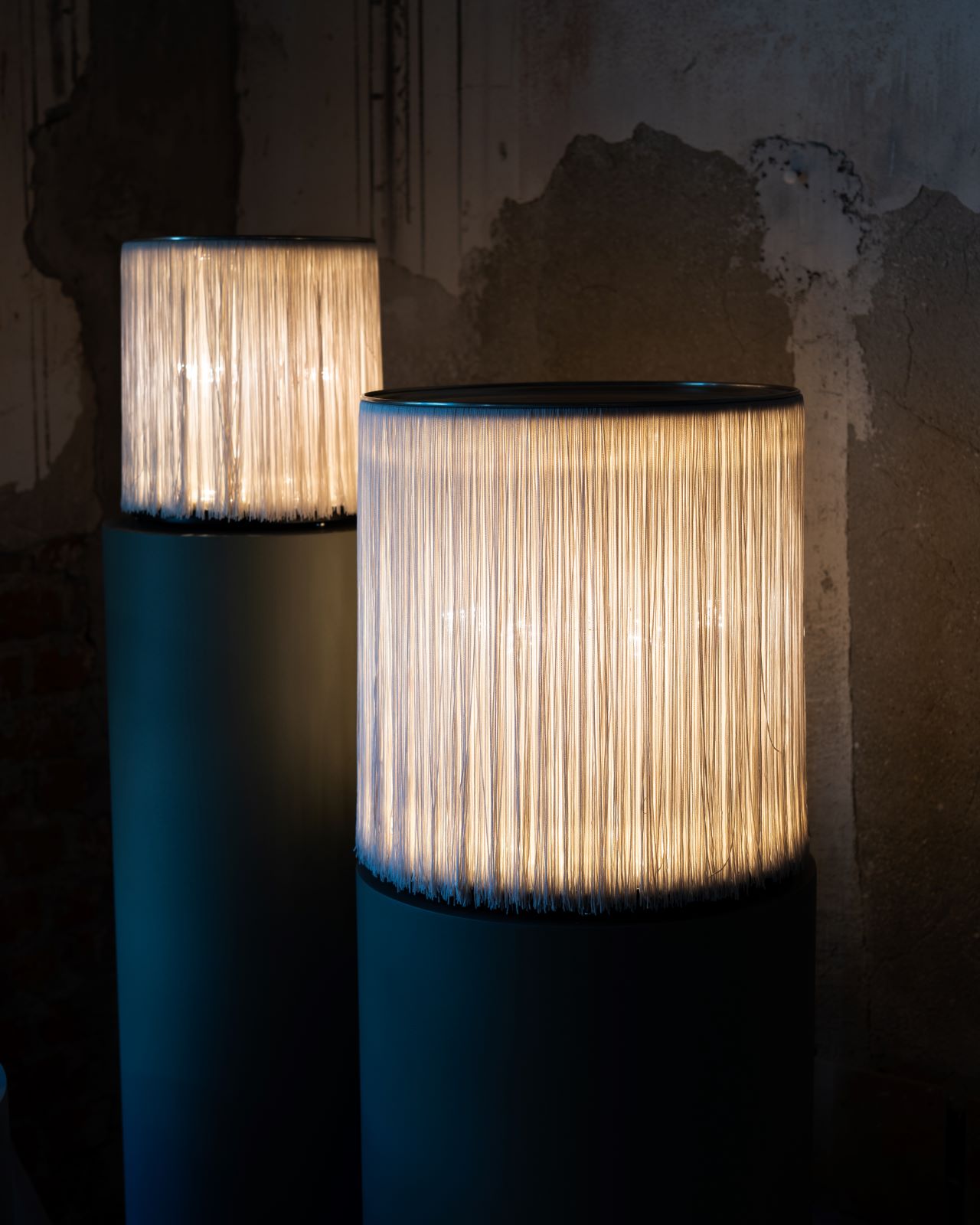

In line with the Milanese architect’s design philosophy, both lamps interpreted the housing needs of the time: on the one hand, the reduction of space and, on the other, the synthesis of elements. The home was understood by Frattini as a flexible container, a space to be organized and equipped. Hence, he derived his thoughts on the mobility of furniture elements, which we find summarized in the two luminous objects that Gubi has chosen to reissue this year and which will be available for sale starting in September.

With its shape inspired by a snake, or rather, a viper, from which it borrows its name, the Aspide lamp represents a fundamental piece in Gianfranco Frattini’s design journey. Conceived in 1970, Aspide embodies a perfect balance between form and function, and its clear and appealing line is achieved without the use of any superfluous elements.

The body of the lamp is composed of two distinct iron elements-the head and the neck-that are housed within a steel frame. The two metal tubes are designed to be able to rotate around their own axis 350° and assume different positions to accommodate the needs of the user. Thanks to this simple and intuitive mechanism, the light emission can vary, creating a direct beam of light, ideal for reading or working, or it can be directed against a wall to obtain indirect and diffuse light instead.
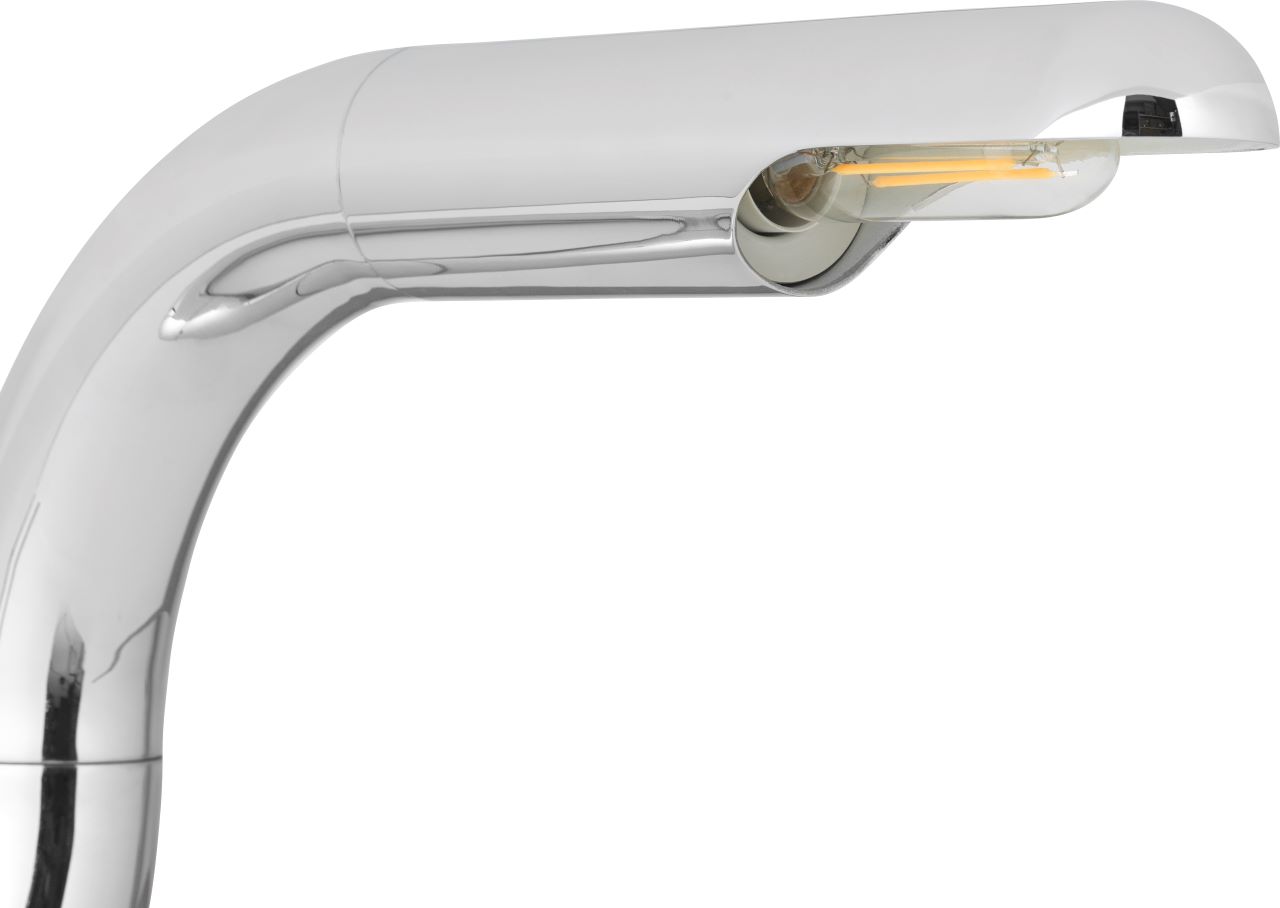
A counterweight is located at the base of the lamp to ensure stability if you choose the position with the collo fully turned outward. Thanks to a series of small slits located at the top of the head that diffuse light upward, you can immediately tell if the lamp is on or off regardless of its position.
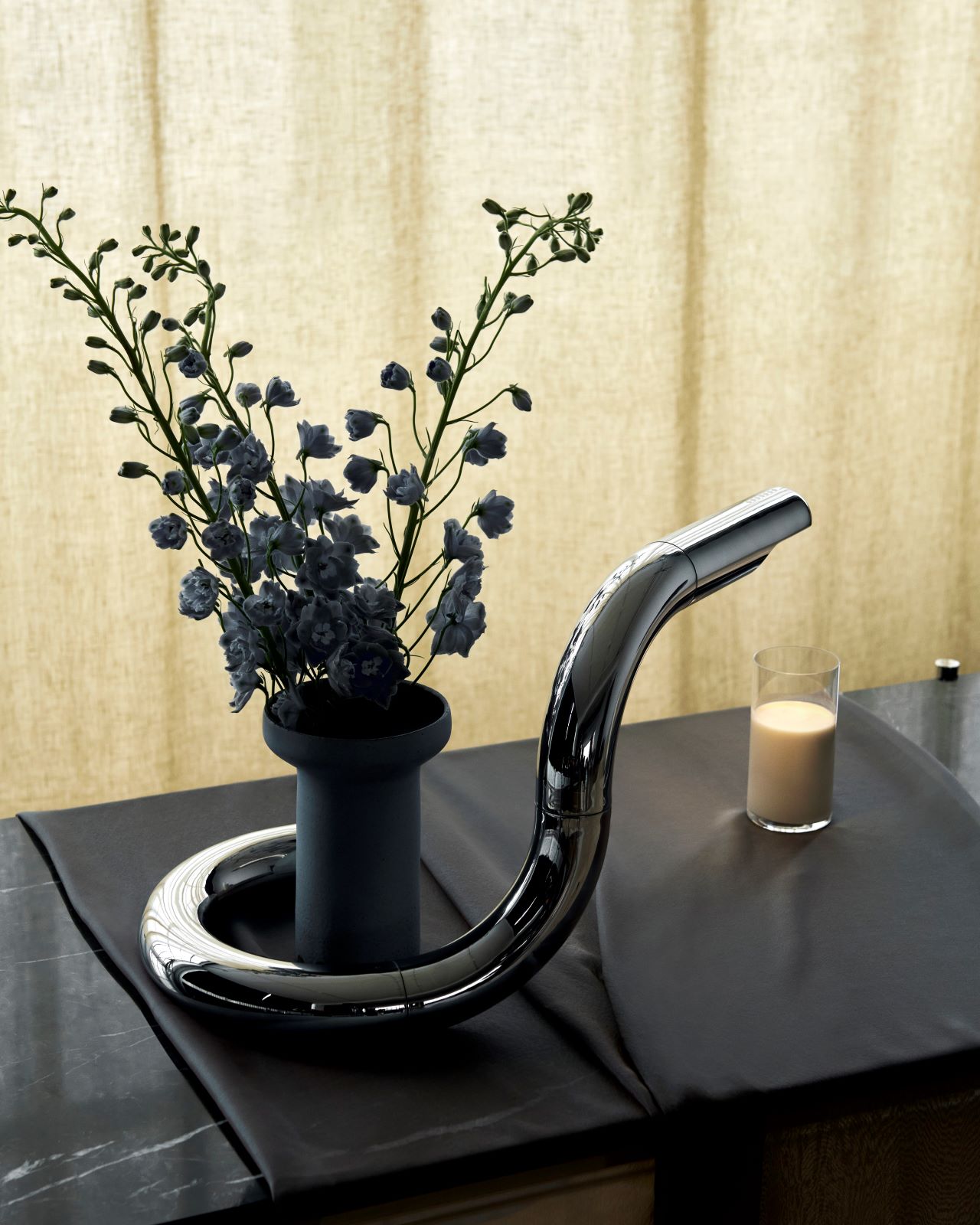
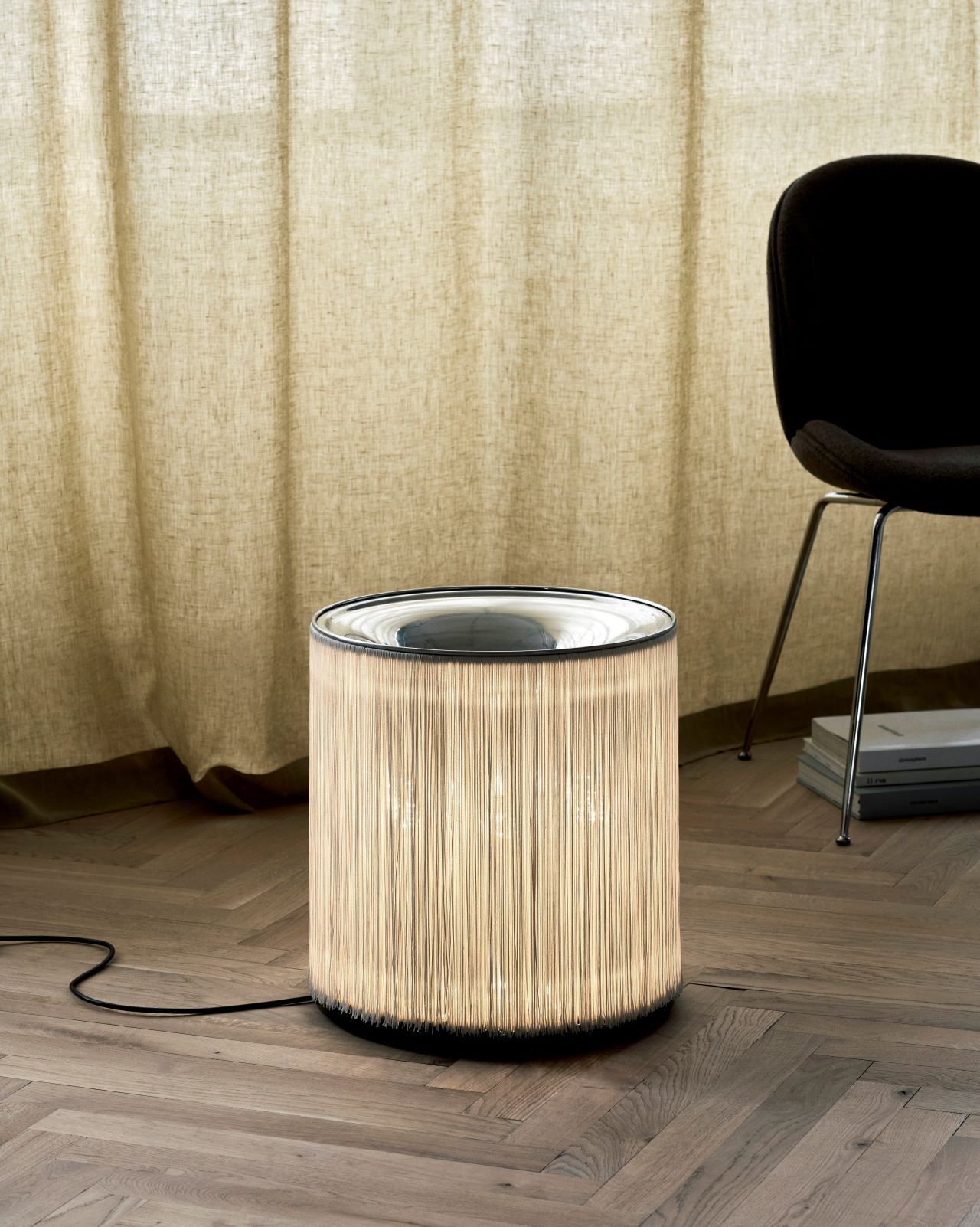
The second Gianfranco Frattini lamp to enter the Gubi catalog is the Model 597, a bold design from 1961. “It combines elegance and functionality with an extravagant touch that makes the observer smile,” comments Emanuela Frattini, daughter of the famous architect. A floor lamp with an iconic shape, the Model 597 masterfully embodies Gianfranco Frattini’s expertise in designing interiors, particularly public spaces such as restaurants and nightclubs, where the modulation of light to create cozy atmospheres is crucial.

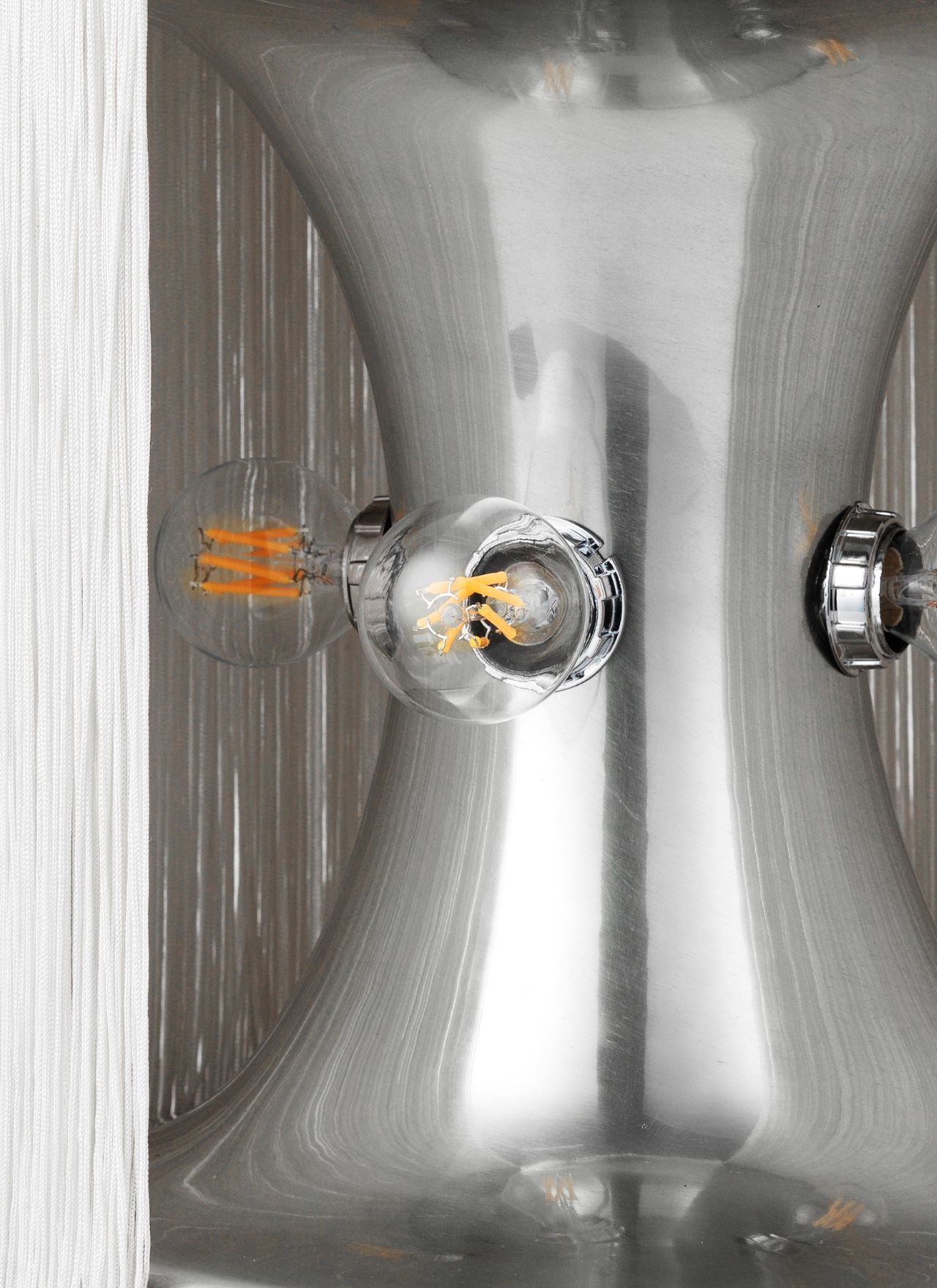
The lamp consists of an aluminum base to which six bulbs are attached laterally and a multitude of bangs that give it its distinctive appearance. Thanks to a double switch, the lamp combines direct and indirect light: in addition to the bulbs attached laterally, in fact, an additional bulb, is housed in the upper cavity and directs the light beam upward. The final effect is a 360-degree light floating among the nylon bangs.
The lamp was an immediate success and, as one can easily imagine, became part of many residential and public projects in those years, including the famous St. Andrews restaurant designed by Frattini himself in Milan in 1963.

